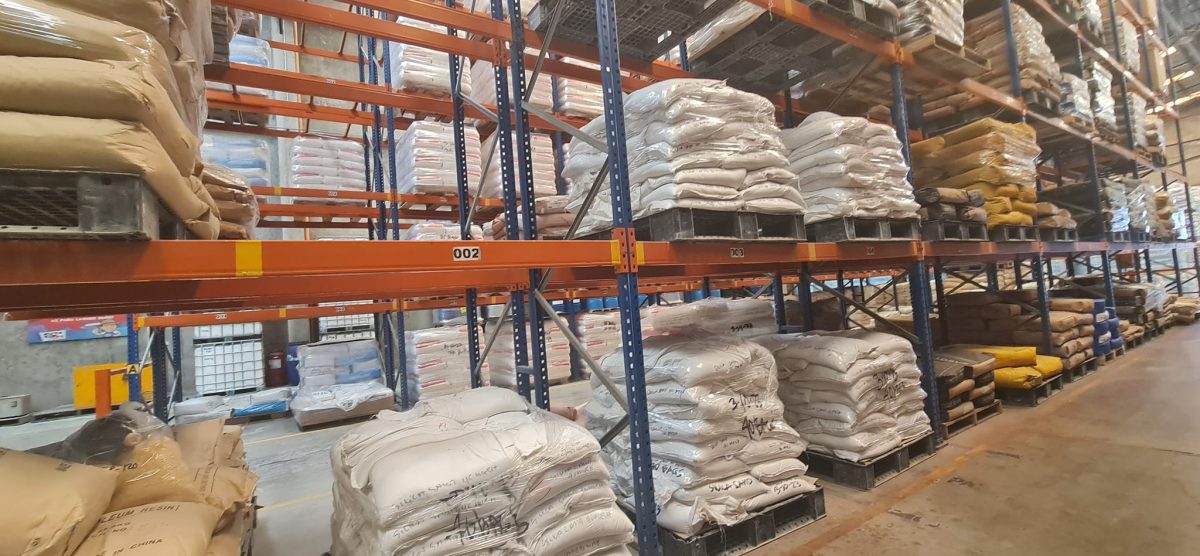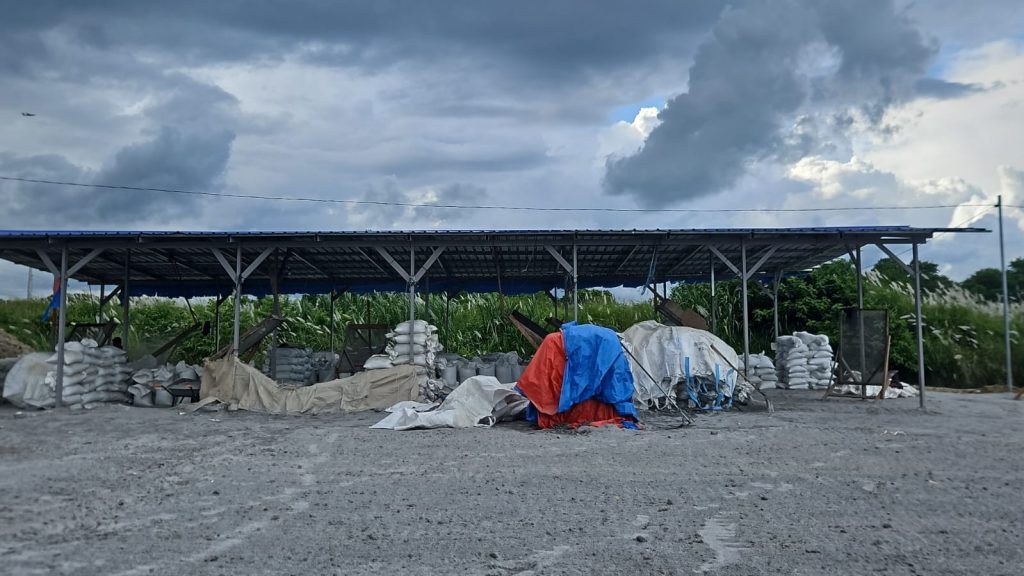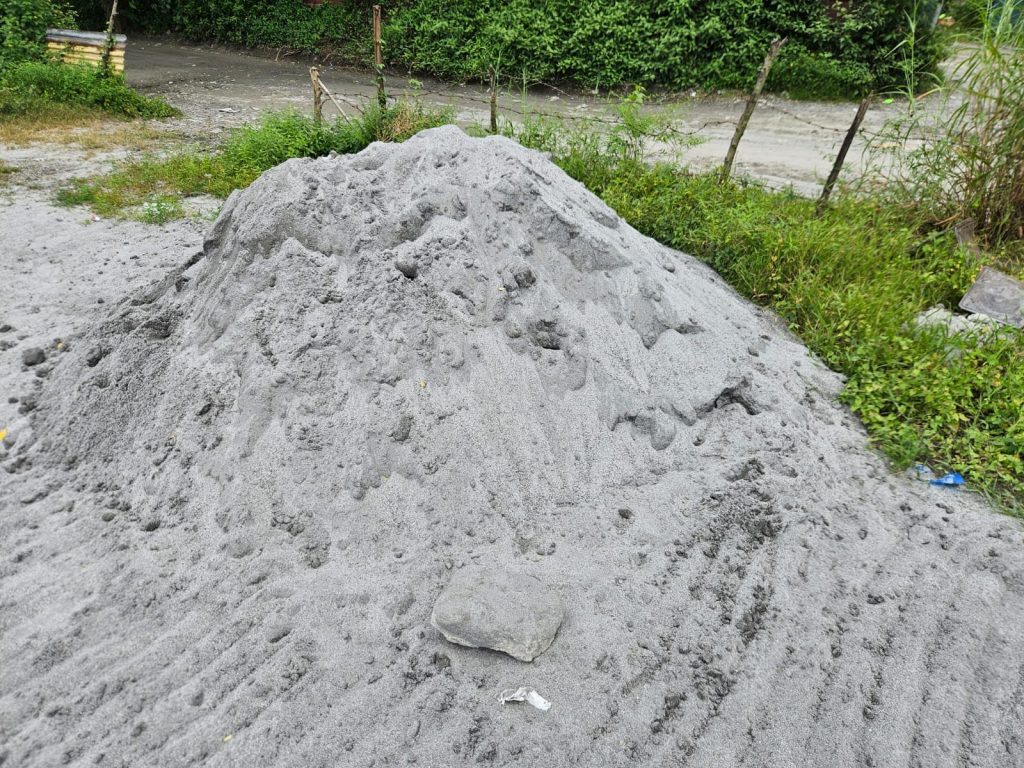
Factors Influencing Silica Sand Price in the Philippines 2025
Silica sand is a critical raw material used in various industries, including construction, glass manufacturing, electronics, and more. As the demand for silica sand continues to rise, understanding the factors influencing its price is essential for businesses like Richson’s Trading. In this blog, we’ll explore the key factors that will shape the silica sand price in the Philippines in 2025.
What is Silica Sand?
Silica sand, also known as industrial sand, is composed of silicon dioxide (SiO2) and is valued for its hardness, chemical inertness, and high melting point. It is a versatile material used in glass production, foundry casting, water filtration, and even in the oil and gas industry.
The Philippines, with its abundant natural resources, is a significant player in the global silica sand market. However, the silica sand price in the Philippines is influenced by a variety of factors, which we’ll discuss in detail.
Key Factors Influencing Silica Sand Price in the Philippines 2025
Global Demand and Supply Dynamics
The global demand for silica sand is a major driver of its price. In 2025, industries such as construction, electronics, and renewable energy are expected to increase their consumption of silica sand. For instance, the growing demand for solar panels, which require high-purity silica sand, will significantly impact the market.
On the supply side, any disruptions in major silica sand-producing countries, such as the United States, China, or Australia, can lead to price fluctuations in the Philippines.
Local Mining Regulations and Policies
The Philippine government plays a crucial role in regulating the mining industry. Changes in mining policies, environmental regulations, or taxation can directly affect the silica sand price in the Philippines.
For example, stricter environmental regulations may increase production costs for mining companies, leading to higher prices for end-users like Richson’s Trading. Conversely, government incentives for local mining could stabilize or reduce prices.
Transportation and Logistics Costs
Transportation is a significant component of the overall cost of silica sand. In 2025, fluctuations in fuel prices, infrastructure development, and logistical challenges will influence the silica sand price in the Philippines.
For businesses like Richson’s Trading, sourcing silica sand from remote areas may incur higher transportation costs, which could be passed on to customers.
Currency Exchange Rates
The Philippines is part of the global market, and currency exchange rates can impact the price of imported silica sand. If the Philippine peso weakens against the US dollar, the cost of importing silica sand or related equipment may increase, leading to higher prices domestically.
Technological Advancements in Mining and Processing
Advancements in mining technology can reduce production costs and improve efficiency. In 2025, the adoption of innovative mining techniques and automated processing systems could lower the silica sand price in the Philippines.
However, the initial investment in such technologies may temporarily increase costs for mining companies.

Environmental and Sustainability Concerns
As environmental awareness grows, the demand for sustainably sourced silica sand is expected to rise. Mining companies that adopt eco-friendly practices may incur higher costs, which could influence the silica sand price in the Philippines.
For Richson’s Trading, partnering with environmentally responsible suppliers may be a key consideration in 2025.
Competition in the Market
The level of competition among silica sand suppliers in the Philippines will also impact prices. If new players enter the market or existing companies expand their operations, increased competition could lead to more competitive pricing.
Economic Growth and Industrial Development
The Philippines’ economic growth and industrial development will play a significant role in determining the demand for silica sand. A booming construction industry, for example, will drive up demand and potentially increase prices.
Natural Disasters and Climate Change
The Philippines is prone to natural disasters such as typhoons and earthquakes, which can disrupt mining operations and supply chains. In 2025, the impact of climate change on mining activities could lead to supply shortages and price hikes.
Global Trade Policies
Changes in global trade policies, such as tariffs or trade agreements, can affect the import and export of silica sand. For instance, if the Philippines enters into a trade agreement with a major silica sand producer, it could lead to more stable or reduced prices.
How Richson’s Trading Can Navigate Silica Sand Price Fluctuations
As a leading player in the industry, Richson’s Trading can take proactive steps to manage the impact of silica sand price fluctuations in the Philippines:
Diversify Suppliers:
Partnering with multiple suppliers can help mitigate risks associated with price volatility.
Invest in Technology:
Adopting advanced technologies can improve efficiency and reduce costs.
Monitor Market Trends:
Staying informed about global and local market trends will enable better decision-making.
Focus on Sustainability:
Emphasizing sustainable practices can attract environmentally conscious customers and reduce long-term costs.
Build Strong Relationships:
Maintaining strong relationships with suppliers and customers can lead to more favorable terms and pricing.

The silica sand price in the Philippines in 2025 will be influenced by a combination of global and local factors, including demand and supply dynamics, government policies, transportation costs, and environmental concerns. For businesses like Richson’s Trading, understanding these factors is crucial to navigating the market and maintaining a competitive edge.
By staying informed and adopting strategic measures, Richson’s Trading can effectively manage price fluctuations and continue to thrive in the silica sand industry.




